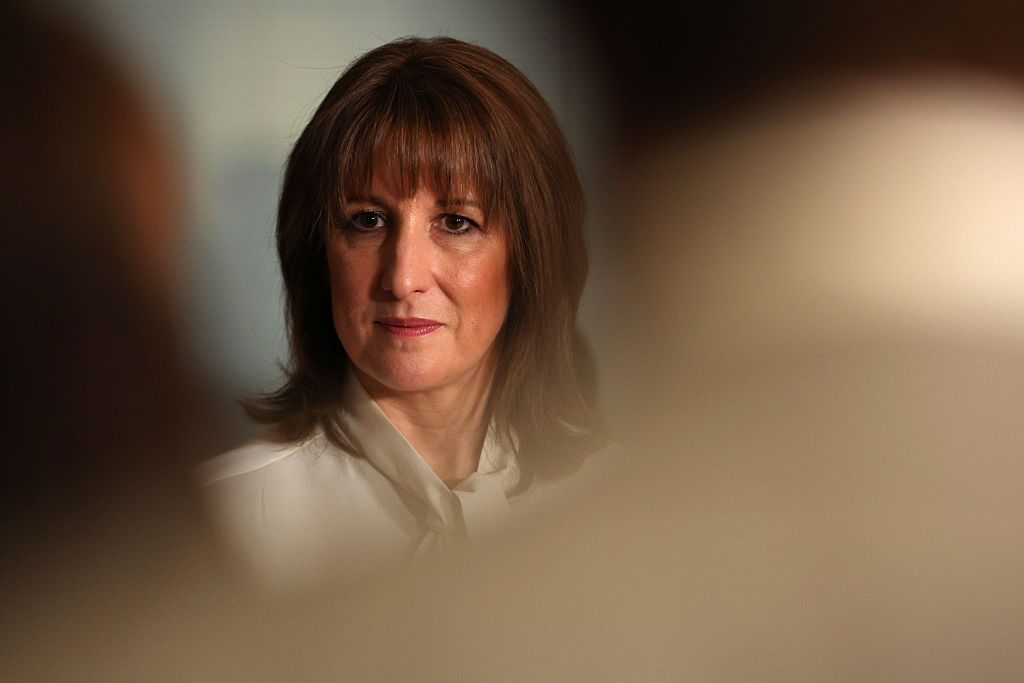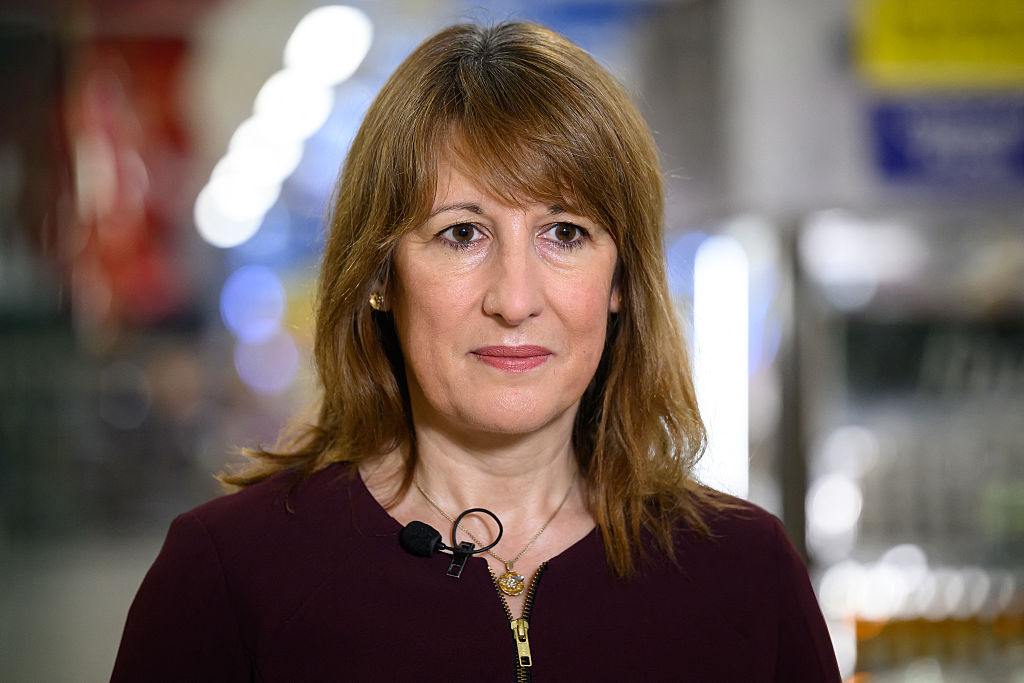How much money will you need to comfortably retire on?
New research shows how much you might need to live comfortable life after you stop working.


How much cash will you need in retirement? For most people, that is a hard question to answer, which can make retirement planning more challenging. But the Pensions and Lifetime Savings Association (PLSA) thinks its new Retirement Living Standards could help. It estimates the amount you will need for different levels of financial comfort in later life.
The PLSA reckons that the minimum income you will need is £10,900 a year, or £16,700 for a couple. That should provide enough money to cover your household bills and leave a bit left over for the occasional treat.
For greater financial security and more fun, the PLSA reckons that £20,800 is about right, or £30,600 for a couple. And for a comfortable retirement, with more luxury, its targets are £33,600 and £49,700 of annual income for single pensioners and couples respectively.
MoneyWeek
Subscribe to MoneyWeek today and get your first six magazine issues absolutely FREE

Sign up to Money Morning
Don't miss the latest investment and personal finances news, market analysis, plus money-saving tips with our free twice-daily newsletter
Don't miss the latest investment and personal finances news, market analysis, plus money-saving tips with our free twice-daily newsletter
A three-week holiday?
The figures involve some subjective judgements. For example, the PLSA defines comfortable as being able to take a three-week European holiday each year, replace your car every five years and spend £1,200 a year on clothing.
Some will feel this is extravagant. And, of course, everyone’s circumstances are different. If you’re still paying a mortgage, or you need care support, these figures may be much less useful.
Nevertheless, the PLSA’s estimates do provide a handy starting point for you to gauge whether your retirement saving is on track. First, bear in mind that not all of your income has to come from savings; assuming you have made national insurance contributions, you should also be entitled to a state pension. This is worth up to £9,339 in the current year, so you can subtract that from your target income.
In rough terms, that leaves a single person needing to generate pension income of £24,000 to hit the PLSA’s comfortable level of income. The question then becomes how big a pension fund you will need to deliver that.
For those in defined-benefit schemes, which offer a guaranteed level of pension in retirement, it is easy to see where you are. But if you have a defined-contribution scheme, you need to look at the income your pot might buy.
Legal & General, which provides a useful online retirement-income calculator, reckons you would need £720,000 of pension savings to buy a guaranteed lifetime annuity yielding income of £24,000 a year. That is assuming you take a quarter of the pot as tax-free cash at retirement, and that you are not expecting your income to increase each year.
Start right now
Alternatively, if you plan to continue investing your pension fund in retirement, while drawing an income, Legal & General reckons that £720,000 would buy you £25,000 annually and sustain you into your nineties, assuming moderate investment returns. While plenty of people will consider an annual income of £33,600 a year in retirement generous, the sum hardly represents untold riches. So the fact that you need more than £700,000 of savings to secure it, even after taking state pensions into account, is quite a wake-up call.
Get the latest financial news, insights and expert analysis from our award-winning MoneyWeek team, to help you understand what really matters when it comes to your finances.

David Prosser is a regular MoneyWeek columnist, writing on small business and entrepreneurship, as well as pensions and other forms of tax-efficient savings and investments. David has been a financial journalist for almost 30 years, specialising initially in personal finance, and then in broader business coverage. He has worked for national newspaper groups including The Financial Times, The Guardian and Observer, Express Newspapers and, most recently, The Independent, where he served for more than three years as business editor.
-
 How gifting money this Christmas could lower your inheritance tax bill
How gifting money this Christmas could lower your inheritance tax billCash is an easy and quick present to give over Christmas – and it could protect some of your estate from the taxman down the line
-
 £100 contactless card limit to be lifted
£100 contactless card limit to be liftedConsumers will be able to set their own contactless limits from March 2026, under new rules from the Financial Conduct Authority
-
 The coming collapse in the jobs market
The coming collapse in the jobs marketOpinion Once the Employment Bill becomes law, expect a full-scale collapse in hiring, says Matthew Lynn
-
 How pet insurance can help cut the costs of vet bills
How pet insurance can help cut the costs of vet billsYou can temper the expense of vet bills with pet insurance. There are four main types to consider
-
 Rachel Reeves's punishing rise in business rates will crush the British economy
Rachel Reeves's punishing rise in business rates will crush the British economyOpinion By piling more and more stealth taxes onto businesses, the government is repeating exactly the same mistake of its first Budget, says Matthew Lynn
-
 The consequences of the Autumn Budget – and what it means for the UK economy
The consequences of the Autumn Budget – and what it means for the UK economyOpinion A directionless and floundering government has ducked the hard choices at the Autumn Budget, says Simon Wilson
-
 Big Short investor Michael Burry closes hedge fund Scion Capital
Big Short investor Michael Burry closes hedge fund Scion CapitalProfile Michael Burry rightly bet against the US mortgage market before the 2008 crisis. Now he is worried about the AI boom
-
 Why the Waspi women are wrong
Why the Waspi women are wrongOpinion Compensation for the Waspi women would mean using an unaffordable sledgehammer to crack a nut, says David Prosser
-
 Why UK stocks are set to boom
Why UK stocks are set to boomOpinion Despite Labour, there is scope for UK stocks to make more gains in the years ahead, says Max King
-
 Should ISA investors be forced to hold UK shares?
Should ISA investors be forced to hold UK shares?The UK government would like ISA investors to hold more UK stocks – but many of us are already overexposed